Yugoslavia year 1972 Trains Locomotives – Souvenir sheets
In 1972, Yugoslavia had a diverse array of trains and locomotives that reflected both its industrial capabilities and its connections to broader European railway networks. Here are some key points about Yugoslav trains and locomotives from that era:
Types of Locomotives
- Steam Locomotives:
- While steam locomotives were becoming less common by the 1970s, they were still in use, especially in less electrified or less modernized areas.
- Examples include the JŽ (Jugoslovenske Železnice, Yugoslav Railways) 01, 05, and 06 series, which were robust workhorses for passenger and freight services.
- Diesel Locomotives:
- Diesel engines were increasingly prevalent, offering more efficiency and less maintenance compared to steam.
- Notable models included the JŽ series 661, often referred to as “Kennedy” due to its American origin (General Motors), and the 664 and 645 series.
- Electric Locomotives:
- Electrification of the main lines was well underway, especially in more industrialized and densely populated regions.
- Key electric models were the JŽ series 441 and 442, produced by the Electro-Motive Division of General Motors and later domestically.
Rail Network and Operations
- Infrastructure: The Yugoslav railway network was extensive, connecting major cities like Belgrade, Zagreb, Ljubljana, Sarajevo, and Skopje, and extending to international destinations. The network included both standard gauge and narrow gauge lines.
- Electrification: Significant portions of the network, particularly the key routes, were electrified by 1972, facilitating the use of modern electric locomotives and trains.
- Manufacturing: Yugoslavia had a robust locomotive and train manufacturing industry, with factories such as Đuro Đaković in Croatia and Mašinska Industrija Niš (MIN) in Serbia contributing to the production of both domestic and export models.
Key Locomotive Models
- Steam Locomotives:
- JŽ 01 series: A classic 2-6-2 design used extensively in passenger service.
- JŽ 05 series: Powerful 2-10-0 freight locomotives.
- JŽ 06 series: 4-8-0 engines suitable for both passenger and freight.
- Diesel Locomotives:
- JŽ 661: Widely used across the country, suitable for a variety of services.
- JŽ 664: Known for its reliability in both freight and passenger duties.
- JŽ 645: Heavy-duty locomotives used primarily in freight.
- Electric Locomotives:
- JŽ 441: One of the most iconic electric locomotives, used extensively on electrified lines.
- JŽ 442: Similar to the 441 but with improvements in power and efficiency.
Rail Services
- Passenger Services: Yugoslav Railways provided extensive passenger services, including intercity, regional, and local trains. Notable services included express trains connecting major cities and regions.
- Freight Services: The railways were a crucial part of Yugoslavia’s industrial logistics, moving raw materials, manufactured goods, and agricultural products efficiently across the country and to neighboring states.
International Connections
- Cross-Border Operations: Yugoslavia’s strategic position in the Balkans meant that its railways were integral to connecting Central and Eastern Europe with the Mediterranean and beyond. Trains often ran to and from Italy, Austria, Hungary, Greece, and other neighboring countries.
This snapshot of Yugoslav trains and locomotives in 1972 highlights the country’s efforts to modernize its railways while maintaining a rich variety of locomotive types suited to different terrains and services.


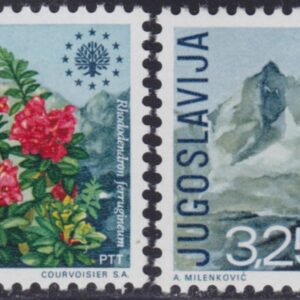
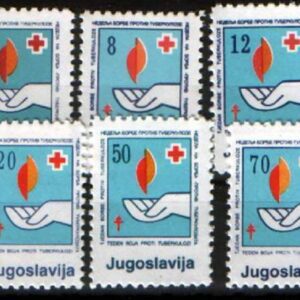
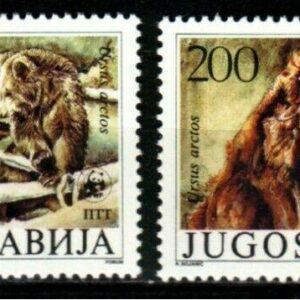
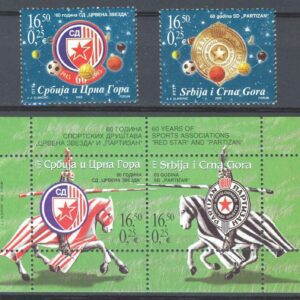

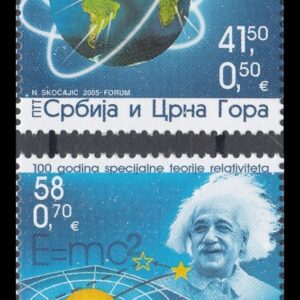

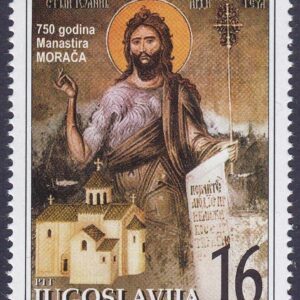
Reviews
There are no reviews yet.